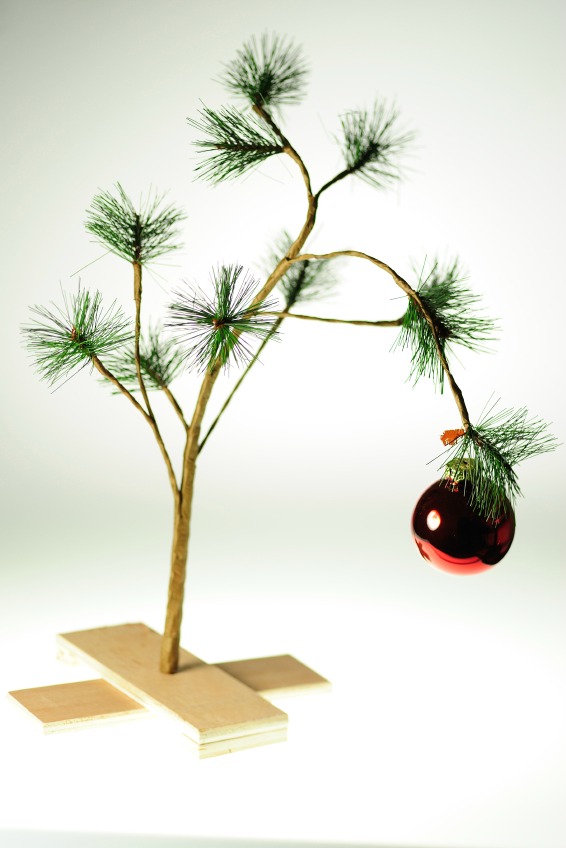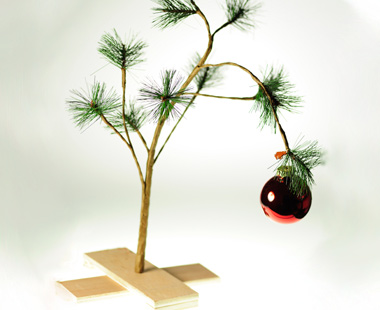Send your question to Umbra!
Q. Dear Umbra,
Which is greener — real Christmas trees or fake? I know you answered this question in the past, but I wonder if there’s any new data?
Ginger C.
Littleton, Colo.
 All this tree needs is a little love.A. Dearest Ginger,
All this tree needs is a little love.A. Dearest Ginger,
Of the many wonderful and cherished traditions we honor this time of year, just one has earned a secure place in my heart: the Great Christmas Tree Smackdown.
The short answer is, live trees are greener. The longer answer is, entire industries are waging battle over this question, the greenness of any tree is questionable, and it may be in our best interests to, ahem, bough out. Let’s take a closer look.
With live trees, our primary concerns are the chemicals used to grow them, the road miles they travel before we buy them, and the environmental impact of cutting down a perfectly good tree. We can address these concerns by looking for trees grown organically and locally, and by taking comfort in the fact that when we support Christmas tree farms, we oppose the parking lots and megamalls that would gladly take their places. Also, if we choose a live tree, we can recycle or mulch it when our celebrations have ended.
With artificial trees, our worries fall into surprisingly similar categories, but with more dastardly details. The chemicals used to “grow” them include PVC (yes, even in the newer “hyper-realistic” polyethylene models) and sometimes lead. They travel many thousands of miles to get to us, almost always from China. And their environmental impact is that they never, ever biodegrade. To say nothing of the fact that they are made and sold by global corporations, if you need a reason to Occupy Your Holiday.
If, like Ginger, you crave data, you might be interested in this study that claims live trees are far better. Or this one that claims fake trees are far better. Or not.
We have encountered this quandary before. And like the chorus of a beloved carol, I shall repeat myself (if only you could hear the three-part harmony on my descant): Your best option might be a third way.
Here are a few reader suggestions for those still intent on bringing the outdoors in:
- Get a permit to cut a tree on National Forest land, thus helping with needed maintenance.
- Choose a living tree and plant it later.
- Rent a living tree that will be planted later (currently an option in Oregon and California).
- Buy and decorate a potted (and therefore reusable) Norfolk pine.
- Build your own tree from pruned branches and chicken wire.
And a few other highly creative solutions from our readers:
- String lights on a pine-cone wreath.
- Stack gifts in the shape of a Christmas tree.
- Decorate a mannequin, or a sideboard full of tiki mugs. (Note: Please invite me over.)
- Make a Yule log.
- Decorate a wooden drying rack or mantelpiece.
- Make a cheese sculpture.
OK, that last one was mine. I’ve also heard tell of DIY trees made from fleece, bottles, and wood. What do you think, dearest readers? Have any other ideas? Let’s think outside the tree stand.
Hyper-realistically,
Umbra


